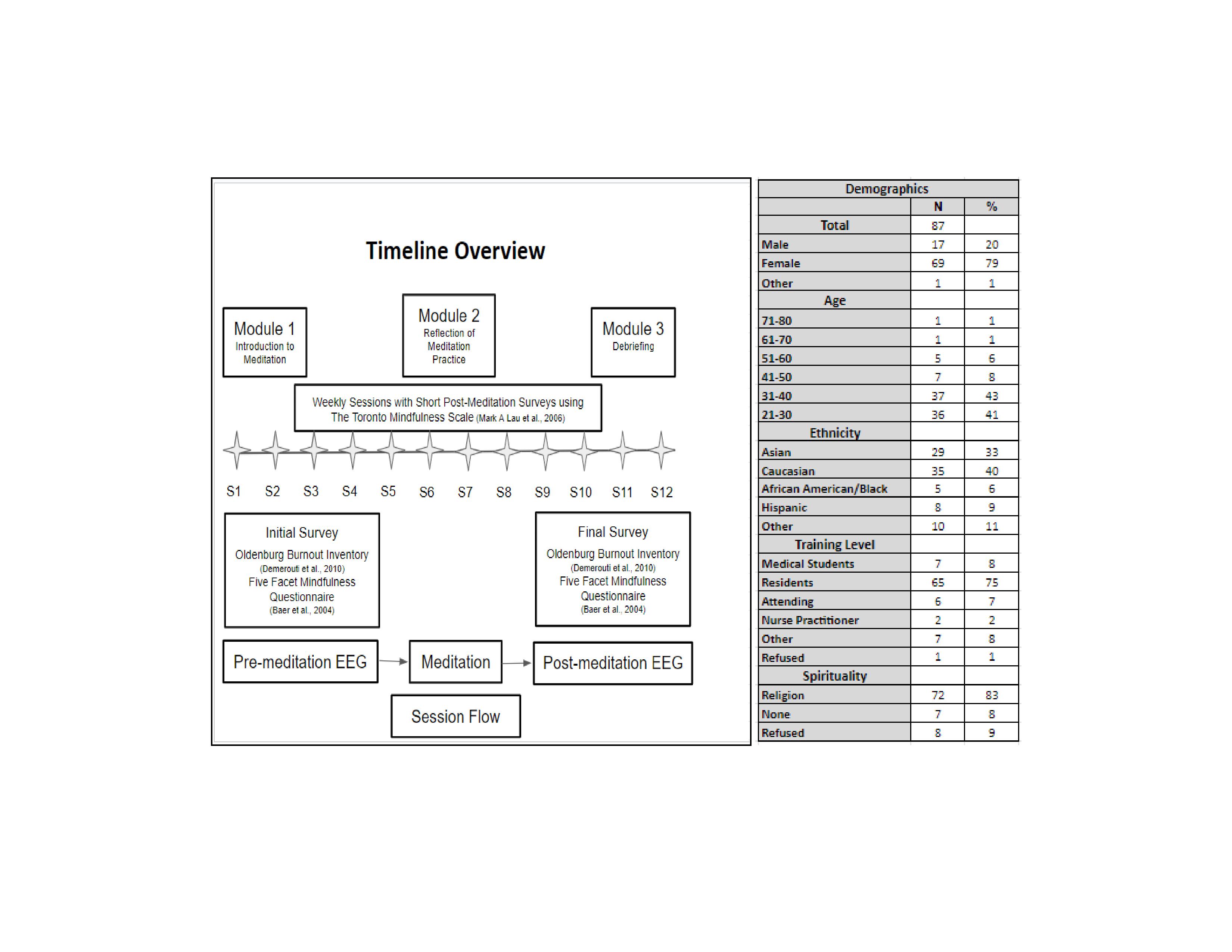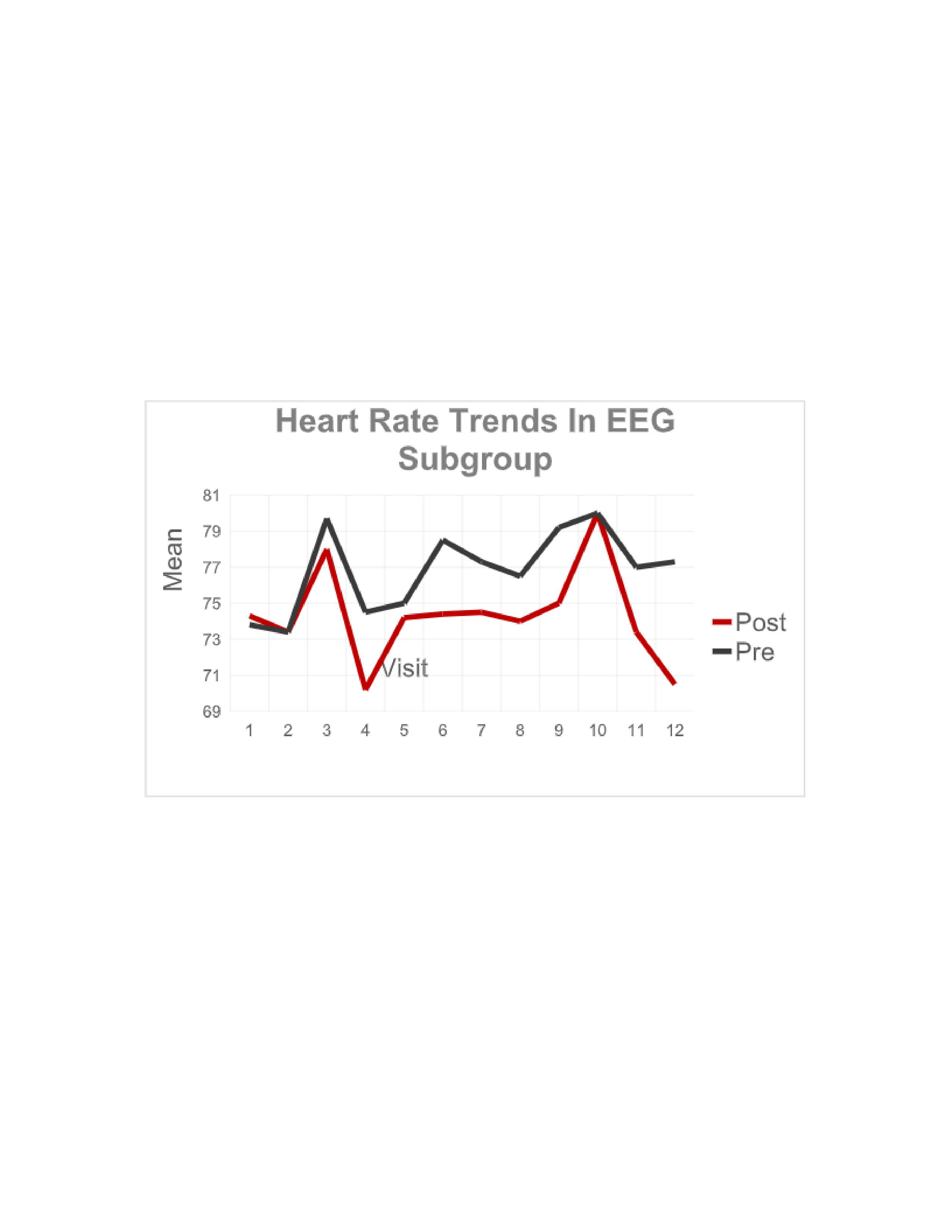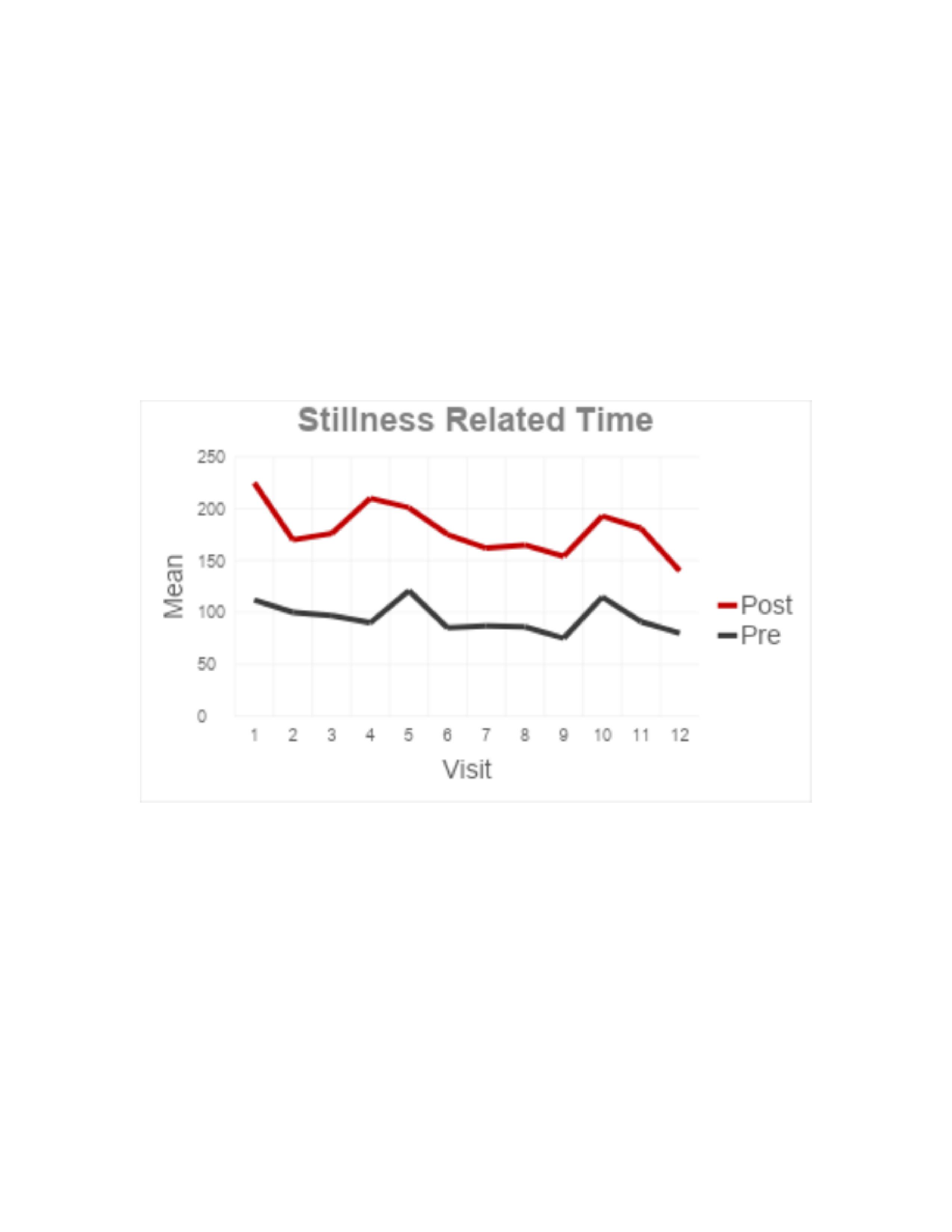Mental Health 3
Session: Mental Health 3
075 - A Mindfulness-based Intervention with EEG for Managing Burnout in Pediatric Healthcare Providers
Monday, April 28, 2025
7:00am - 9:15am HST
Publication Number: 75.3585
Nitin Ron, South Brooklyn Health, Staten Island, NY, United States; Keziah Edmunds, NYP - Brooklyn Methodist Hospital, Staten Island, NY, United States; Brande Brown, Boston Children's Hospital, Brooklyn, NY, United States; Levon Agdere, NYP Brooklyn Methodist Hospital, Brooklyn, NY, United States; Oksana Nulman, New York Presbyterian Brooklyn Methodist Hospital, Brooklyn, NY, United States

Nitin Ron, MD (he/him/his)
Attending Neonatologist
South Brooklyn Health
Staten Island, New York, United States
Presenting Author(s)
Background: The 2024 National Physician Burnout Report by Medscape found a 51% burnout rate in Pediatrics. Burnout is complex, requiring intervention for external (e.g. Job Demands, Workplace Culture) and internal (e.g. Perfectionism, Personal Life) factors. Pediatricians are particularly vulnerable as they balance infant and child treatment with effective caregiver communication.
Benefits of a mindfulness-based meditation curriculum are well established. However, few studies have evaluated the efficacy of mindfulness with pre- and post-meditation EEG waveforms using Muse™ EEGs. Given the multifaceted nature of burnout, EEGs provide objective brainwave activity for further insight on managing burnout and building resilience.
Objective: This study aimed to determine if non-denominational mindfulness training decreases burnout when incorporated into the teaching curriculum.
Design/Methods: We recruited from 2 NYC hospitals (2019-2024) via voluntary opt-in. Methodology (Figure 1) included standardized surveys and meditations (10-12 minutes each) delivered by trained ambassadors over 12 weeks. Initial and Final values of each score and subscore were computed, followed by Final minus Initial values. An F-test was run between the levels of each categorical variable and p-values calculated with a test level of 0.05. All calculations were done in R version 4.2.2. The last 2 phases included 3 minute Muse™ EEG sessions.
Results: Mindfulness evaluation focused on nonreactivity to internal emotions and present awareness. Surveys showed significant increase in work engagement (p=0.027). Participants learned to view thoughts as reflections that may differ from reality (p=0.04), increasing mind neutral time and reducing mind wandering. EEG data indicated lower post-meditation heart rate (Graph 1) and improved stillness (Graph 2), suggesting increased stress resilience. However, EEG results weren't statistically significant. Increased significance is expected with a larger sample and controls in 8 weeks.
Conclusion(s): Survey results indicate a calm mental state post-meditation. EEGs have objective brainwave and physiological changes, supporting meditation's effectiveness. Small EEG sample size limited significant findings, but we expect significance as the study grows. We noted variables like exercise, caffeine use, and sleep time post-study, but couldn't quantify them. Session times also varied due to rotation schedules. Future studies should evaluate these. Meditation may help pediatric providers reduce burnout, decrease maladaptive responses, and build resilience.
Overview of Meditation Study
 Figure 1. This figure provides a comprehensive overview of the study, including the initial, final and weekly post-meditation surveys as well as the pre- and post-meditation EEGs. The modules represent group discussions and lectures to enhance and streamline the flow of the study. A demographics table is also included to summarize all cohorts who completed the study, through Fall of 2024.
Figure 1. This figure provides a comprehensive overview of the study, including the initial, final and weekly post-meditation surveys as well as the pre- and post-meditation EEGs. The modules represent group discussions and lectures to enhance and streamline the flow of the study. A demographics table is also included to summarize all cohorts who completed the study, through Fall of 2024. Heart Rate Trends in EEG Subgroup
 Graph 1. The mean heart rate value was lower in most participants during post-meditation EEG compared to pre-meditation EEG monitoring as expected. However, due to the small n value, the results were not statistically significant. We also suspect variability in HR based on when the sessions were held as we had to accommodate the resident schedule blocks. Results were likely skewed from baseline stress and how rushed the participants felt during the sessions.
Graph 1. The mean heart rate value was lower in most participants during post-meditation EEG compared to pre-meditation EEG monitoring as expected. However, due to the small n value, the results were not statistically significant. We also suspect variability in HR based on when the sessions were held as we had to accommodate the resident schedule blocks. Results were likely skewed from baseline stress and how rushed the participants felt during the sessions. Stillness Related Time in EEG Subgroup
 An improvement in Stillness Related Time was observed in comparison of pre- and post-EEG. This indicates an improved ability to maintain a resting mental state with less mind wandering after meditation. Ability to re-center to a mind neutral state also increased over the course of the study. However, there is a general downward trajectory which could be from participants feeling rushed to complete sessions towards the end of the study. The small n limits interpretation at this point, so we plan to consider possible causes of this as participant numbers increase in future cohorts.
An improvement in Stillness Related Time was observed in comparison of pre- and post-EEG. This indicates an improved ability to maintain a resting mental state with less mind wandering after meditation. Ability to re-center to a mind neutral state also increased over the course of the study. However, there is a general downward trajectory which could be from participants feeling rushed to complete sessions towards the end of the study. The small n limits interpretation at this point, so we plan to consider possible causes of this as participant numbers increase in future cohorts. Overview of Meditation Study
 Figure 1. This figure provides a comprehensive overview of the study, including the initial, final and weekly post-meditation surveys as well as the pre- and post-meditation EEGs. The modules represent group discussions and lectures to enhance and streamline the flow of the study. A demographics table is also included to summarize all cohorts who completed the study, through Fall of 2024.
Figure 1. This figure provides a comprehensive overview of the study, including the initial, final and weekly post-meditation surveys as well as the pre- and post-meditation EEGs. The modules represent group discussions and lectures to enhance and streamline the flow of the study. A demographics table is also included to summarize all cohorts who completed the study, through Fall of 2024. Heart Rate Trends in EEG Subgroup
 Graph 1. The mean heart rate value was lower in most participants during post-meditation EEG compared to pre-meditation EEG monitoring as expected. However, due to the small n value, the results were not statistically significant. We also suspect variability in HR based on when the sessions were held as we had to accommodate the resident schedule blocks. Results were likely skewed from baseline stress and how rushed the participants felt during the sessions.
Graph 1. The mean heart rate value was lower in most participants during post-meditation EEG compared to pre-meditation EEG monitoring as expected. However, due to the small n value, the results were not statistically significant. We also suspect variability in HR based on when the sessions were held as we had to accommodate the resident schedule blocks. Results were likely skewed from baseline stress and how rushed the participants felt during the sessions. Stillness Related Time in EEG Subgroup
 An improvement in Stillness Related Time was observed in comparison of pre- and post-EEG. This indicates an improved ability to maintain a resting mental state with less mind wandering after meditation. Ability to re-center to a mind neutral state also increased over the course of the study. However, there is a general downward trajectory which could be from participants feeling rushed to complete sessions towards the end of the study. The small n limits interpretation at this point, so we plan to consider possible causes of this as participant numbers increase in future cohorts.
An improvement in Stillness Related Time was observed in comparison of pre- and post-EEG. This indicates an improved ability to maintain a resting mental state with less mind wandering after meditation. Ability to re-center to a mind neutral state also increased over the course of the study. However, there is a general downward trajectory which could be from participants feeling rushed to complete sessions towards the end of the study. The small n limits interpretation at this point, so we plan to consider possible causes of this as participant numbers increase in future cohorts. 
